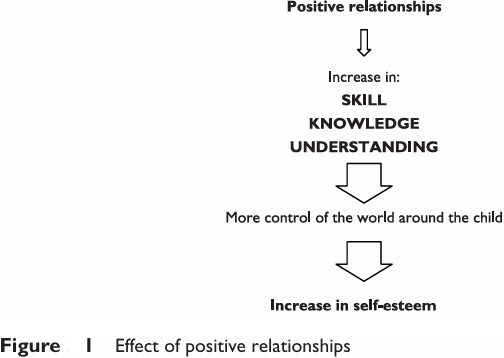
What does it mean to the educator?
 المؤلف:
John Cornwall and Sue Soan
المؤلف:
John Cornwall and Sue Soan
 المصدر:
Additional Educational Needs
المصدر:
Additional Educational Needs
 الجزء والصفحة:
P81-C6
الجزء والصفحة:
P81-C6
 2025-04-08
2025-04-08
 767
767
What does current education system overall mean to the educator?
It does not mean that educators are not firm, assertive, directed, focused and skilful in group management and dynamics. It is also not a soft option, but it is an approach that seeks to achieve cooperation and appropriate compliance through responsible teaching approaches and not coercion.

Thus, educators need to have a great deal of confidence in their own teaching and to have developed particular skills and personal resources before they can attempt therapeutic approaches through education. The approach does not pass the buck by allocating blame and in doing so dismiss the problem encountered. The educator carrying out this approach must take responsibility for their own part they play in the interactive process and not try to ignore their own, sometimes unsuitable behavior and actions.
Therapy and education do involve separate specialized training and are different disciplines, but it cannot be denied that the edges of both are very blurred. Due to this fact, the principles and practices of teaching, learning and therapy are sometimes significantly intertwined, recognizing the reality that children’s lives cannot be separated into the various components of professional endeavour. Also, the children who have education and therapy at the same time do not experience these activities in isolation, but will put them together in a holistic way in their own thinking. If the children are not able to do this, then the educator and therapist are not achieving the necessary/desirable outcome.
Undoubtedly, therefore skillful educators form relationships with children and young people that not only enhance their learning and social and emotional development, but they are in fact crucial to them as is demonstrated in Figure 1.
Case study
When I first worked with Carrie, a 10year old girl, she only printed words in a very slow, precise manner and she refused to write sentences as she said she could not spell. She had just joined a residential home and school, after being taken into public care. Carrie had missed quite a bit of schooling due to her behavior, but was clearly an able learner. When meeting Carrie for the first time I spent a great deal of the time listening very carefully to what she said about her difficulties and why she felt she could not succeed at reading and writing. During the next few weeks before she started at the school, I taught Carrie on a one-to-one basis, spending the time getting to know her and developing her skills, self-esteem and self-confidence. Gaining her trust and maintaining her interest were paramount and then modelling new skills to help develop her handwriting into a neat cursive script had massive positive effects. When a relationship had been built and her self-esteem was beginning to rise, I then began to tackle Carries spelling difficulties. With a specific scheme, individual attention and encouragement, her progress was amazing. When Carrie joined a class, the transference of these new skills was understandably very slow and cautious. However, our individual lessons continued and we were able to work together with the teacher to continue building both the skills and the self-esteem until Carrie had enough confidence to risk making mistakes in the classroom situation. Her progress was rapid and has continued to grow.
Without the time and effort given to establishing a good trusting relationship Carrie would probably not have been able to lower her defenses to let herself learn, because to learn you have to be willing to experiment and risk making mis takes. To be able to do this, a learner has to have good self-esteem and confidence in his or her own ability; if a learner has not got this inner security, then it is frequently much easier to mess around, refuse to work or even refuse to attend school than face the risk of failure. This case study clearly illustrates the factors described in Figure1. Through this positive relationship, an increase in skill, knowledge and understanding should, as in the case of Carrie, lead to an increase of control of the world around the learner and a subsequent improvement in self-esteem.
 الاكثر قراءة في Teaching Strategies
الاكثر قراءة في Teaching Strategies
 اخر الاخبار
اخر الاخبار
اخبار العتبة العباسية المقدسة


